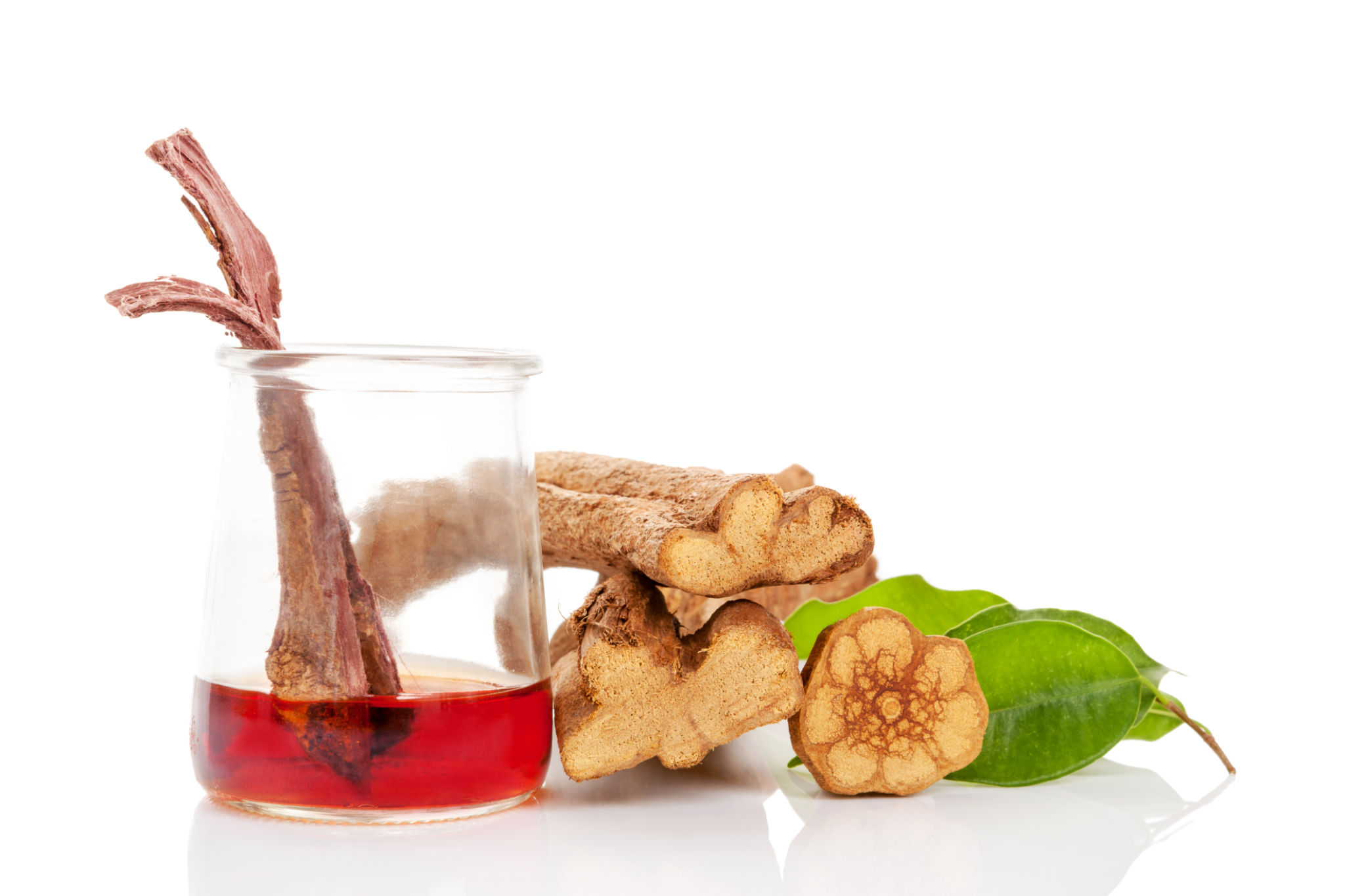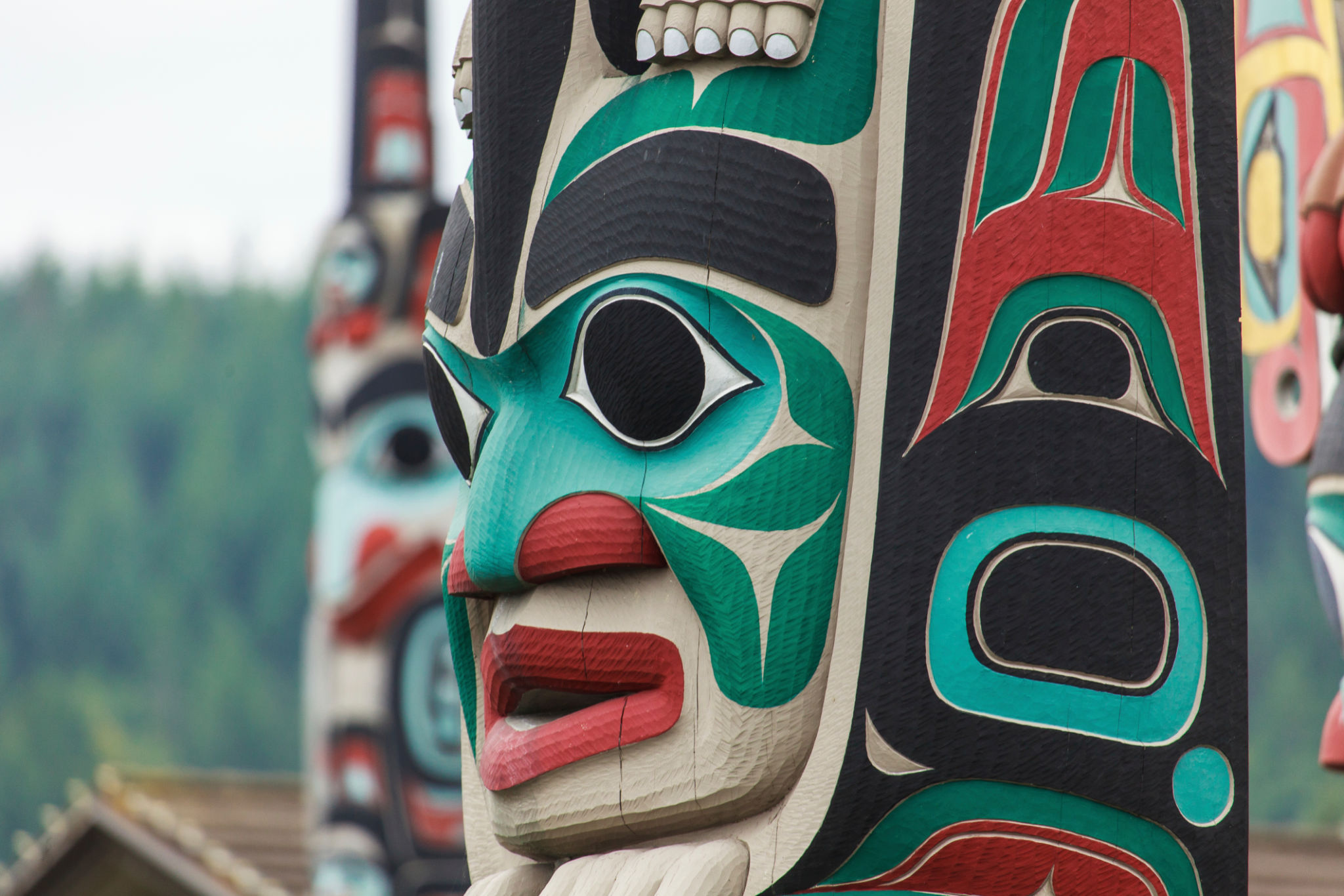Myth-Busting: Common Misconceptions About Mimosa Hostilis
Understanding Mimosa Hostilis
Mimosa Hostilis, commonly known as Jurema, has been surrounded by myths and misconceptions for years. This perennial tree, native to Brazil and other parts of South America, has a rich history of use in traditional medicine and spiritual practices. However, misinformation has clouded its reputation. In this post, we aim to clear up some common misunderstandings about this fascinating plant.

Myth 1: Mimosa Hostilis is Illegally Cultivated
A widespread myth is that Mimosa Hostilis is illegally cultivated and distributed. In reality, the cultivation of this plant is legal in many countries, especially where it is indigenous. Farmers in regions like northeastern Brazil grow it not only for its spiritual uses but also for its industrial applications in textiles and cosmetics.
Myth 2: It's Only Used for Psychedelic Purposes
Another misconception is that Mimosa Hostilis is solely used for its psychoactive properties. While it's true that the root bark contains dimethyltryptamine (DMT), which has hallucinogenic effects, the plant has a range of other uses. Traditionally, it has been used for its wound-healing and skin-rejuvenating properties. Additionally, its bark is employed in dyeing processes due to its rich tannin content.

Myth 3: All Parts of the Plant Are Psychoactive
Many people mistakenly believe that every part of the Mimosa Hostilis plant is psychoactive. In fact, only the root bark contains significant amounts of DMT. The leaves, stems, and other parts of the plant do not possess these psychoactive properties and are often used for different purposes, such as making teas or natural dyes.
Myth 4: It's Just a Modern Trend
Some view Mimosa Hostilis as a modern trend without historical significance. However, indigenous tribes have used Jurema for centuries as part of their spiritual rituals and healing traditions. Its historical roots run deep, showcasing its importance in cultural practices long before it gained attention in other parts of the world.

Myth 5: Mimosa Hostilis Is Dangerous
Concerns about the safety of Mimosa Hostilis often arise due to its association with DMT. However, when used responsibly within cultural contexts or for its medicinal properties, it is not inherently dangerous. Like any substance, misuse can lead to adverse effects, but understanding and respecting its traditional uses can mitigate risks.
Conclusion: Dispelling Misconceptions
It's crucial to approach Mimosa Hostilis with an informed perspective. By debunking these myths, we can appreciate its cultural significance and diverse applications beyond the misconceptions. Whether used for medicinal, industrial, or spiritual purposes, Mimosa Hostilis remains a versatile and valuable plant.